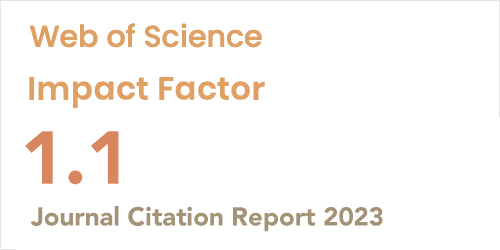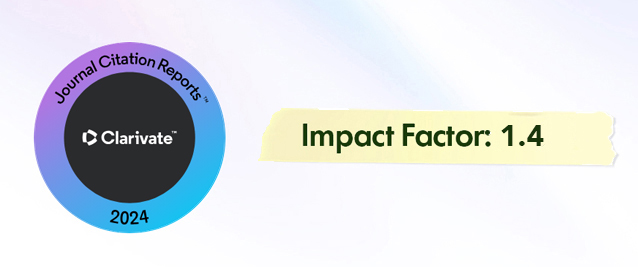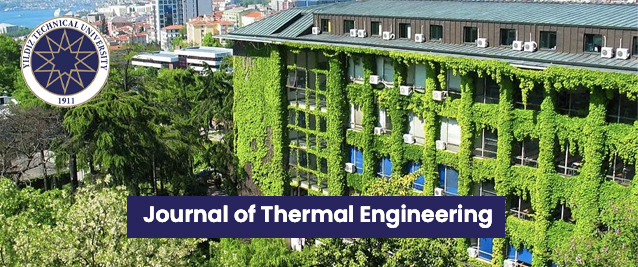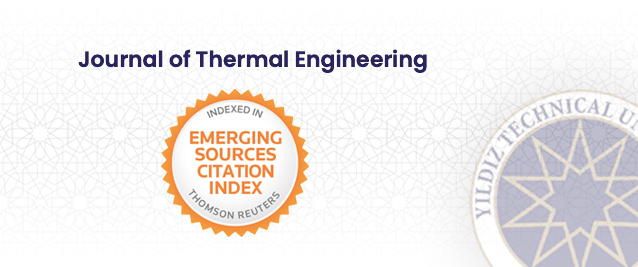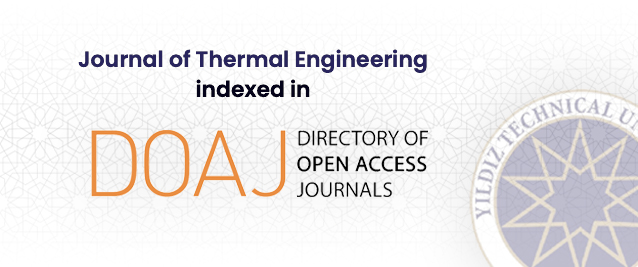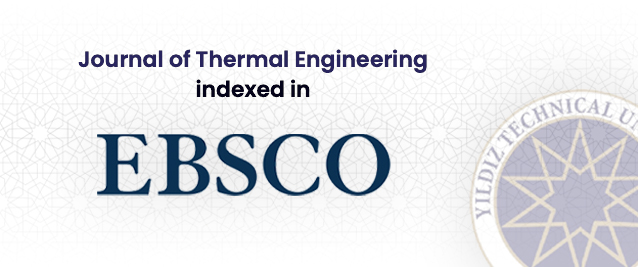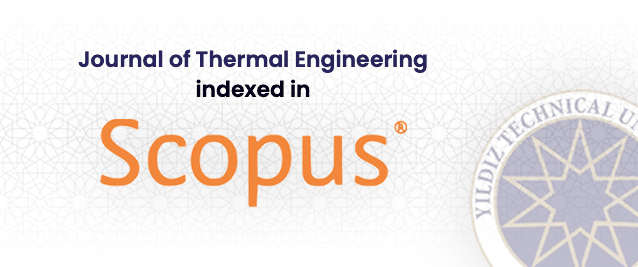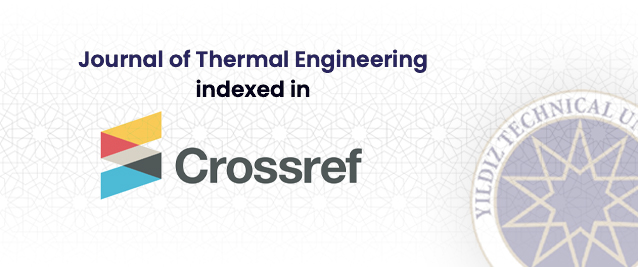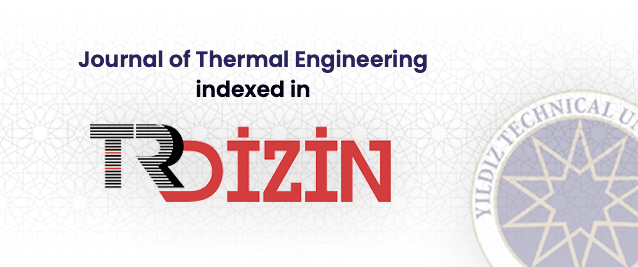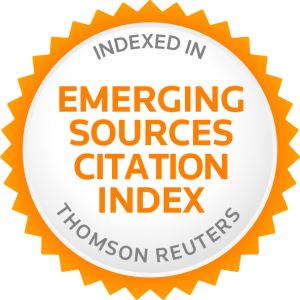2Jacksonville University, Florida, 32211, USA
Abstract
This paper reviews the latest advances in passive heat transfer enhancement techniques, ad-dressing the gap in the literature regarding recent developments. Heat exchangers are crucial in improving energy efficiency in various industrial applications, including power plants and nuclear reactors. Various heat enhancement techniques such as geometric modifications, air bubble injection, vortex generators, tape inserts, micro-surfaces, baffles, printed circuit heat exchangers, and phase change materials are studied. These techniques are evaluated based on heat transfer rate, pressure drop, and performance evaluation criteria. It is found from this review that the air bubble injection in shell and tube heat exchangers demonstrates the highest performance evaluation criteria of 4.5. However, its application is limited by process constraints. On the other hand, the Y-shaped tape inserts with a trapezoidal configuration though having a slightly lower performance evaluation criteria of 3.68 is easier to implement in existing and new designs. In printed circuit heat exchangers, zigzag channels exhibit a 50% improvement in thermal performance compared to straight channels. The study also high-lights the potential of gyroid structures for application in high-pressure and high-temperature systems, such as advanced nuclear reactors. The comprehensive evaluation of heat enhance-ment techniques provides designers and engineers with a practical insight into designing heat exchanger for specific system requirements.




